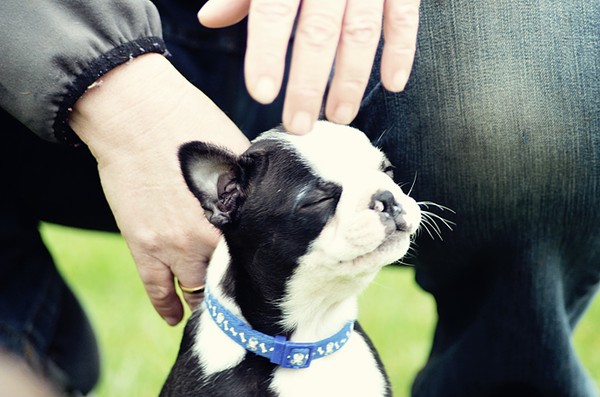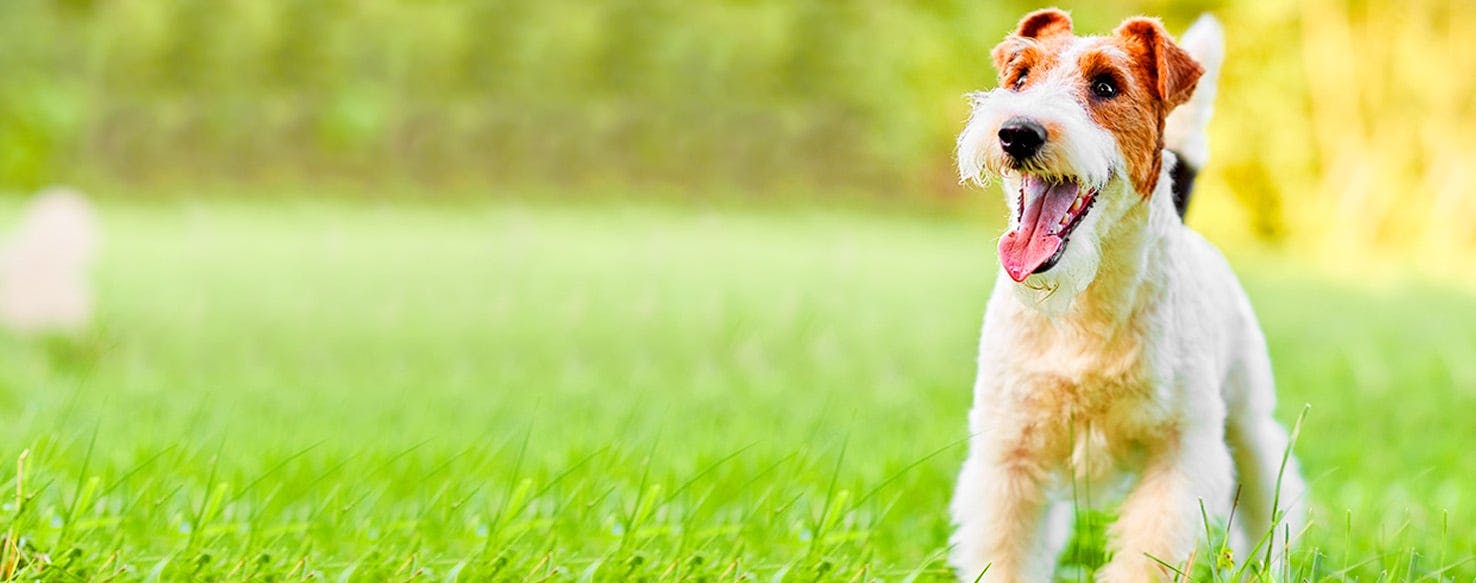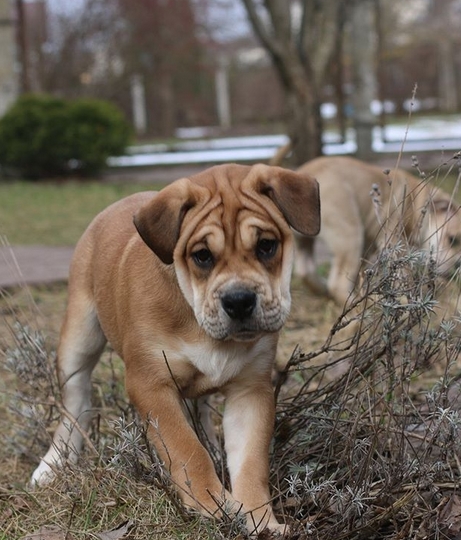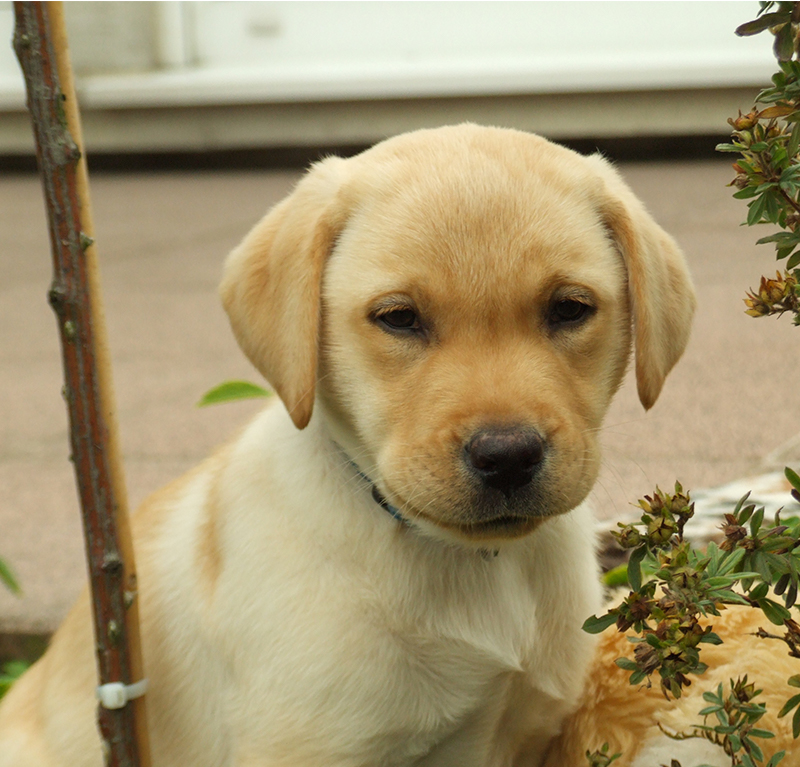R tutorial on the Apply family of functions, The apply() function splits up the matrix in rows. Remember that if you select a single row or column, R will, by default, simplify that to a vector. The apply() function then uses these vectors one by one as an argument to the function you specified. The apply () function returns a vector with the maximum for each column and conveniently uses the column names as names for this vector as well.
If R doesn't find names for the dimension over which apply () runs, it returns an unnamed object instead. Let's take a look at how this apply () function works. The apply family consists of vectorized functions which minimize your need to explicitly create loops.
4 data wrangling tasks in R for advanced beginners, The first argument for apply() is the existing data frame. This tutorial aims at introducing the apply() function collection. The apply() function is the most basic of all collection. The apply collection can be viewed as a substitute to the loop.
The apply() collection is bundled with r essential package if you install R with Anaconda. The apply() function can be feed with many functions to perform redundant application on a collection of object (data frame, list, vector, etc.). These include the calculation of column and row sums, means, medians, standard deviations, variances, and summary quantiles across the entire data set. Sapply() function takes list, vector or data frame as input and gives output in vector or matrix. It is useful for operations on list objects and returns a list object of same length of original set.
Sapply function in R does the same job as lapply() function but returns a vector. Apply a Function to a Data Frame Split by Factors, Other objects are also coerced to a data frame, but FUN is applied separately to (subsets of) each column of the data frame. An object of class "by" , giving Well, the subset() function in R is used to subset the data from it's parent data. I.e. extracting data from a string, vector, matrix or it may be a data set as well. You can mention the conditions and the function will satisfy them and returns the final values.
You can also use select function to display specific columns as well. Till now we have applying a kind of function that accepts every column or row as series and returns a series of same size. But we can also call the function that accepts a series and returns a single variable instead of series.
For example let's apply numpy.sum() to each column in dataframe to find out the sum of each values in each column i.e. The lapply () and sapply () functions can be used for performing multiple functions on a list in R.This function is used in order to avoid the usage of loops in R. The difference between both the functions is the sapply () function does the same job as lapply () function but returns a vector.
A function is to be defined which contains multiple functions and passed in the sapply () and lapply () as arguments. This recipe demonstrates how we can apply multiple functions on a list in R at a single time. The above provides a simple example where each list item is simply a vector of numeric values. However, consider the case where you have a list that contains data frames and you would like to loop through each list item and perform a function to the data frame. In this case we can embed an apply function within an lapply function.
When using an apply family function to create a new variable, one option is to create a new vector ahead of time with the size of the vector pre-allocated. I created a numeric vector of length 10 using the vector function. Inside mapply I created a function to multiple two variables together. The results of the mapply function are then saved into the vector.
As mentioned earlier, the Base R lapply function acts very much like map. The Base R sapply function is more like the other map functions we discussed previously in that the function tries to simplify the results into a vector or matrix. Lapply() function is useful for performing operations on list objects and returns a list object of same length of original set. Lappy() returns a list of the similar length as input list object, each element of which is the result of applying FUN to the corresponding element of list.
Lapply in R takes list, vector or data frame as input and gives output in list. How to Apply Functions on Rows and Columns in R, In R, you can use the apply() function to apply a function over every row or column of a matrix or data frame. Apply() Function in R; Apply Function to data.table in Each Specified Column; Apply Function to Every Row of Data Frame or Matrix; The R Programming Language . In this R tutorial you learned how to use the apply function only for preliminarily selected columns.
If you have any further questions, please tell me about it in the comments section. We will create three matrices named A, B, and C and extract values from a column to see how this works. In addition, the summary() function will provide relevant summary statistics over each column of data frames and matrices. Note in the the example that follows that for the first four columns of the iris data set the summary statistics include min, med, mean, max, and 1st & 3rd quantiles. Whereas the last column only provides the total count since this is a factor variable.
For example, the following creates a list for R's built in beaver data sets. The lapply function loops through each of the two list items and uses apply to calculate the mean of the columns in both list items. Note that I wrap the apply function with round to provide an easier to read output. The combination of split() and a function like lapply() or sapply() is a common paradigm in R. The basic idea is that you can take a data structure, split it into subsets defined by another variable, and apply a function over those subsets. The results of applying tha function over the subsets are then collated and returned as an object.
This sequence of operations is sometimes referred to as "map-reduce" in other contexts. The apply function is used to manipulate data frames, matrices, and lists. It takes a data frame and a function as inputs, and applies that function to each row or column of the data frame. In essence, the apply function is an alternative to "for" loops. When we want to apply a function to the rows or columns of a matrix or data frame.
So, basically Dataframe.apply() calls the passed lambda function for each row and passes each row contents as series to this lambda function. Finally it returns a modified copy of dataframe constructed with rows returned by lambda functions, instead of altering original dataframe. So, basically Dataframe.apply() calls the passed lambda function for each column and pass the column contents as series to this lambda function. Finally it returns a modified copy of dataframe constructed with columns returned by lambda functions, instead of altering original dataframe. The apply in R function can be feed with many functions to perform redundant application on a collection of object (data frame, list, vector, etc.).
The purpose of apply() is primarily to avoid explicit uses of loop constructs. They can be used for an input list, matrix or array and apply a function. Lapply is probably a better choice than apply here, as apply first coerces your data.frame to an array which means all the columns must have the same type.
Depending on your context, this could have unintended consequences. Very occasionally you need to pass two arguments to the function that you're reducing. For example, you might have a list of data frames that you want to join together, and the variables you use to join will vary from element to element. This is a very specialised scenario, so I don't want to spend much time on it, but I do want you to know that reduce2() exists. It's interesting to note that as you move from purrr to base apply functions to for loops you tend to do more and more in each iteration.
In purrr we iterate 3 times (map(), map(), map_dbl()), with apply functions we iterate twice (lapply(), vapply()), and with a for loop we iterate once. I prefer more, but simpler, steps because I think it makes the code easier to understand and later modify. In this article we will discuss how to apply a given lambda function or user defined function or numpy function to each row or column in a dataframe. The apply functions that this chapter will address are apply, lapply, sapply, vapply, tapply, and mapply.
There are so many different apply functions because they are meant to operate on different types of data. Base R has many apply functions—apply, lapply, sapply, tapply, and mapply—and their cousins, by and split. These are solid functions that have been workhorses in Base R for years. The authors have struggled a bit with how much to focus on the Base R apply functions and how much to focus on the newer "tidy" approach. After much debate we've chosen to try to illustrate the purrr approach and to acknowledge Base R approaches and, in a few places, to illustrate both. The interface to purrr and dplyr is very clean and, we believe, in most cases, more intuitive.
In this case, the output is a vector containing the sum of each column of the sample data frame. You can also use the apply function to specific columns if you subset the data. The package tidyr addresses the common problem of wanting to reshape your data for plotting and usage by different R functions. For example, sometimes we want data sets where we have one row per measurement.
Moving back and forth between these formats is non-trivial, and tidyr gives you tools for this and more sophisticated data manipulation. Apply() function apply() takes Data frame or matrix as an input and gives output in vector, list or array. Apply function in R is primarily used to avoid explicit uses of loop constructs. It is the most basic of all collections can be used over a matrice. The simplest example is to sum a matrice over all the columns. In R Programming Language to apply a function to every integer type value in a data frame, we can use lapply function from dplyr package.
And if the datatype of values is string then we can use paste() with lapply. As, our lambda function returns a copy of series by infringement the value of each element in given column by 10. This returned series replaces the column in a copy of dataframe. For those of you familiar with 'for' loops, the apply() family often allows you to avoid constructing those and instead wrap the loop into one simple function.
The apply() function is most often used to apply a function to the rows or columns of matrices or data frames. However, it can be used with general arrays, for example, to take the average of an array of matrices. Using apply() is not faster than using a loop function, but it is highly compact and can be written in one line. We can also apply functions that return more than a single value. In this case, tapply() will not simplify the result and will return a list.
Here's an example of finding the range of each sub-group. If you do not have MASS installed, you can uncomment the code below. You can use tapply to do some quick summary statistics on a variable split by condition. In this example, I created a function that returns a vector ofboth the mean and standard deviation. You can create a function like this for any apply function, not just tapply. We can use lapply() or sapply() interchangeable to slice a data frame.
We create a function, below_average(), that takes a vector of numerical values and returns a vector that only contains the values that are strictly above the average. We compare both results with the identical() function. Using pandas.DataFrame.apply() method you can execute a function to a single column, all and list of multiple columns . In this article, I will cover how to apply() a function on values of a selected single, multiple, all columns. For example, let's say we have three columns and would like to apply a function on a single column without touching other two columns and return a DataFrame with three columns.
The range() function returns the minimum and maximum of its first argument, which should be a numeric vector. Use lapply() to apply the range function to each column of flag_shapes. Don't worry about storing the result in a new variable. The mapply() function is a multivariate apply of sorts which applies a function in parallel over a set of arguments. Recall that lapply() and friends only iterate over a single R object. What if you want to iterate over multiple R objects in parallel?
The function summed each vector in the list and returned a list of the 3 sums. A data frame is a more complicated data structure than a matrix, so there are more options. You can simply use apply, in which case R will convert your data frame to a matrix and then apply your function. That will work if your data frame contains only one type of data but will probably not do what you want if some columns are numeric and some are character.
In that case, R will force all columns to have identical types, likely performing an unwanted conversion as a result. The apply() function is used to apply a function to the rows or columns of matrices or data frames. To use Arrow when executing these, users need to set the Spark configuration 'spark.sql.execution.arrow.sparkr.enabled' to 'true' first. Now let's see how to apply this user defined function with argument to each column of our data frame i.e.
Apply functions are a family of functions in base R which allow you to repetitively perform an action on multiple chunks of data. An apply function is essentially a loop, but run faster than loops and often require less code. A vector giving the subscripts which the function will be applied over.
E.g., for a matrix 1 indicates rows, 2 indicates columns, c indicates rows and columns. Where X has named dimnames, it can be a character vector selecting dimension names. The map functions transform their input by applying a function to each element of a list or atomic vector and returning an object of the same length as the input. It works if the data frame is homogeneous—that is, either all numbers or all character strings. When the data frame has columns of different types, extracting vectors from the rows isn't sensible because vectors must be homogeneous. This is not a functional programming concept you need to understand in order to get great value from purrr, however.























































